Sunday Reflections: Are Teens Reading Less?
I have come across several conversations recently on Twitter that suggest that YA fiction is selling less, which often translates to teens are reading less. It’s important to note that these figures are referring specifically to the UK sales figures of YA, so the data may be radically different for the US. And as always, the conversation is more complicated than it seems. Are YA sales figures down? I don’t know, and I don’t know that that data tells us what we think it does. But if you find yourself asking are teens reading less? The short answer is no. The longer answer is slightly more complicated then that.
As someone who has been doing this for 26 years now, the hand wringing over teens are reading less is not new. There is a strong sense of been there, done that in these conversations and the correct answer is often this: it’s not that teens are reading less, it’s that teens aren’t reading what adults wants them to be reading in the ways they want them to be reading it, and that is an entirely different argument. The teen reading landscape has changed several times in the last 26 years, it’s changing now, and it will change again and again. What causes that change, what it means, and how we respond it it are an entirely different conversation.
ADVERTISEMENT
ADVERTISEMENT
If we’re being completely honest, it is true that teens are reading very differently and I understand that these changes are causing some fear among authors, publishers, teachers, and adults in general. Because the shift in teen reading habits impacts those groups in several ways: in sales and income, in how we can (or can’t) measure teen reading, and in how we can (or can’t) influence, monitor and control teen reading. Everyone having these conversations have different motivations, and that matters too.
You see, it’s not that teens are reading less I find, but more that teens are reading differently, and digital media is a huge influencer of this change. Today’s teens typically have devices (newest Pew Center data suggests that around 95% of teens have a mobile device of some sort) and these devices give them access to a whole new world of reading opportunities, which teens are availing themselves of. Wattpad, online fan fiction, and free downloads via either libraries or places like Amazon make it easier for teens to get the reading content they want, with immediate gratification and more anonymity than ever. Today’s teens don’t have to ask an adult to buy them the books that they want, or ask a librarian to help them find the titles on the shelves. In fact, online reading helps teens cultivate teen friendly spaces with little (known) adult monitoring and interaction. There are pros and cons to this development, depending on how much you want to monitor teen reading.
In addition, in the early 2000s the YA publishing market exploded while research suggested that more adults were buying YA than teens, which pushed the YA market more towards adults than YA when developing new authors and titles. Over time, the YA market aged up, adults became proud readers of YA, and the pop culture references on the pages of YA became more and more dated and less teen friendly. Many teens felt like YA was no longer their space, and so they abandoned it for new teen spaces. And with the explosion of technology and online creative writing forums, this task was easier to do than it was in the past. So teens carved out for themselves new teen spaces and once again, the reading landscape is changing.
Today's completely unscientific poll: Overall, my library's YA circulation is . . .
— Teen Librarian Toolbox (rocks!) (@TLT16) February 6, 2019
This is coupled with the fact that we don’t really have any real way to measure teen reading. We do testing, which really only measures how well a teen can perform on a test about reading. Sales figures tell us who is buying a book, but not who is reading it, or how many people read one book. The same is true for circulation statistics. These are all imperfect measurements that tell us more about who buys or checks out an item and less about whether they read, like or recommend an item. Let me be very clear about this: we have no real good way of making quantifiable statements regarding teens reading for pleasure. Many of us who work with teens can tell you a wide range of anecdotal stories that have value, but there aren’t any real facts and figures that we can talk about because our measurement tools are deeply, inherently flawed.
When considering sales figures it’s also important to remember that as the economy shrinks, people have less disposable income and are less likely to buy books, which is not the same as being less likely to read books. In fact, overall public library use seems to be up, though many of my colleagues seem to suggest that while the circulation of physical items is down slightly, the circulation of digital content is up significantly. I myself am one of the last to adopt digital reading, but even I find myself reading more with a device in hand then a physical book in hand. It’s been a long time since I have checked out a physical book or a movie from my library, and I go there 5 days a week. Again, imperfect data.
ADVERTISEMENT
ADVERTISEMENT
We also have to look at a ton of other factors: competition for teens time and attention, our marketing and merchandising, the growing mental health issues we see in today’s teens and the amount of work causing it, etc. So. Much. Homework. And whether we like it or not, between Brexit and the growing white nationalism happening here in the US, which our teens *are* aware of and effected by, our teens are growing increasingly anxious, dismayed, and overwhelmed. Some teens are rejecting things like realistic fiction (too similar to their current real world experiences), while others are reading them with a fervor and choosing to be political;y active online and in the real world. Some teens are too busy marching to end school violence to read the latest literary tome that adults feel they should read. With growing incidence of racial and sexual violence, the under-funding of public education, and the fact that 1 in 5 kids and teens go to bed hungry, many people – teens included – don’t have the emotional energy or time necessary to read a book for fun, they’re too busy trying to just survive. The adults in the room are creating an environment that are putting up more and more obstacles for teens when it comes to having time for pleasure reading. So for those adults wringing their hands about teen reading I say this: change the environment, it will help a lot.
But even this is not a death toll for libraries, because though some libraries are reporting that the circulation of physical items is down, it’s not zero. And our libraries seem to be fuller and busier than ever. A majority of public libraries are thriving.
I think it’s good to have conversations about sales figures and circulation statistics and to try and figure out what those fluctuations mean and how they can help us better serve our patrons. But do I think teens are reading less? No, and in 26 years the answer has always been no when the question is asked. It just often means that we need to examine our practices and adjust to a new generation of readers and a changing market. In other words it’s not them, it’s us.
Editor’s Note: I did not link to the actual online conversation that started this discussion because it was problematic in many very real ways. For example, the original article indicated that publishers should avoid publishing “issue” novels while having a primary graphic of author Angie Thomas. Angie Thomas is a women of color and the author of The Hate U Give, which has been on the New York Times Bestsellers list for now over 100 weeks. Using Angie Thomas’ picture contradicted their main argument and is probably a racist dog whistle. Though I did not want to link to the article that ignited this conversation, I did want to address the concerns about teen reading.
Some Additional Resources to Consider:
Filed under: Sunday Reflections
About Karen Jensen, MLS
Karen Jensen has been a Teen Services Librarian for almost 30 years. She created TLT in 2011 and is the co-editor of The Whole Library Handbook: Teen Services with Heather Booth (ALA Editions, 2014).
ADVERTISEMENT
ADVERTISEMENT
SLJ Blog Network
Happy Poem in Your Pocket Day!
This Q&A is Going Exactly As Planned: A Talk with Tao Nyeu About Her Latest Book
Family Style: Memories of an American from Vietnam | Review
Parsing Religion in Public Schools
ADVERTISEMENT

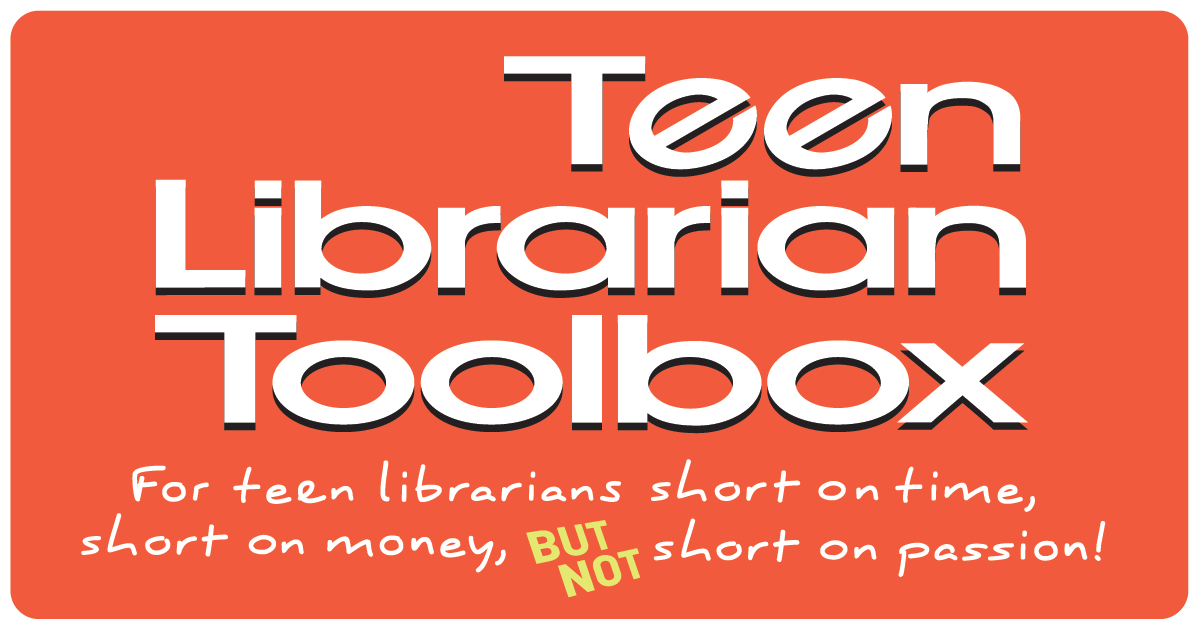
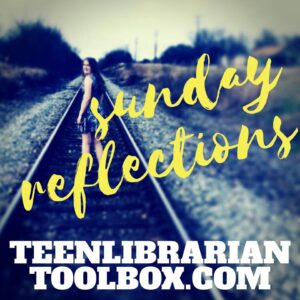

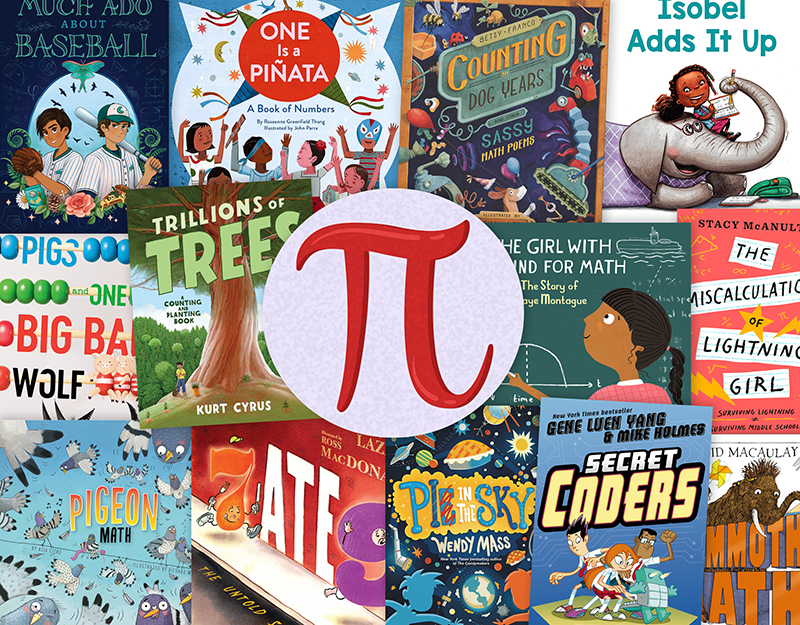

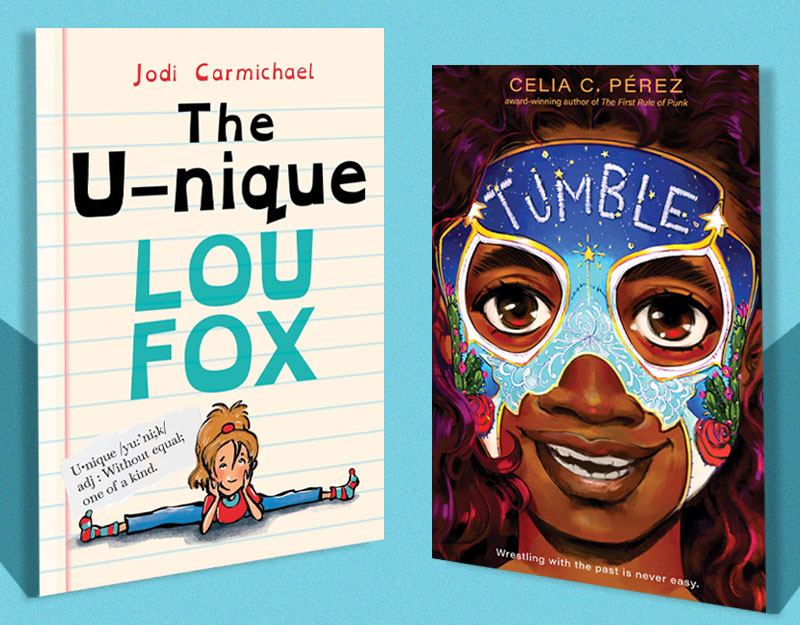
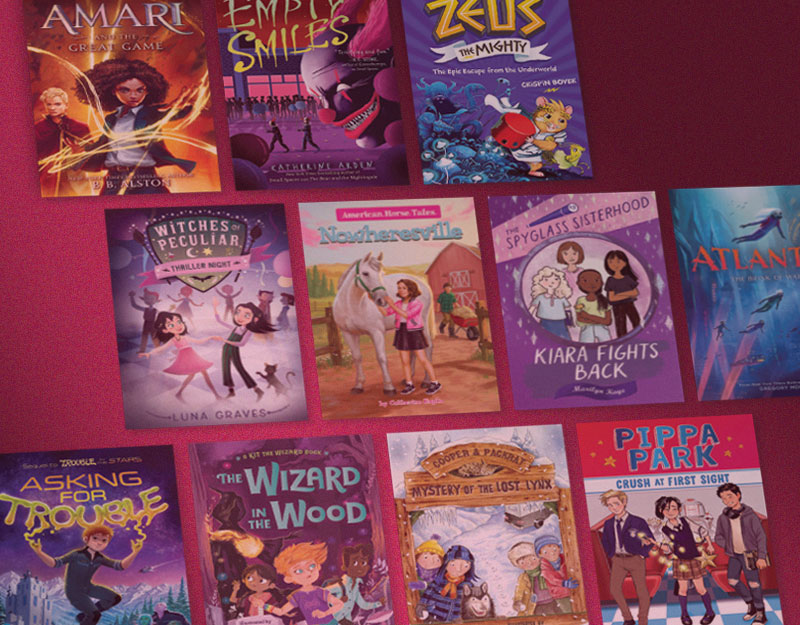

Take a look at this research by Jean Twenge et. al, recently published (2018) in Psychology of Popular Media Culture, “Trends in US Adolescents’ Media Use, 1976-2016: The Rise of Digital Media, the Decline of TV, and the (Near) Demise of Print” —
http://www.apa.org/pubs/journals/releases/ppm-ppm0000203.pdf
They surveyed high schoolers for nearly four decades, asking the same questions every year about their media use including how often they read for pleasure (regardless of format). The study gives you all the data and charts but the decline is clear, and supports the idea that pleasure reading has been replaced by time spent on digital media.
A basic summary of the study and results is available at the Washington Post —
http://www.washingtonpost.com/news/inspired-life/wp/2018/08/20/for-american-teens-texting-and-social-media-are-replacing-books/